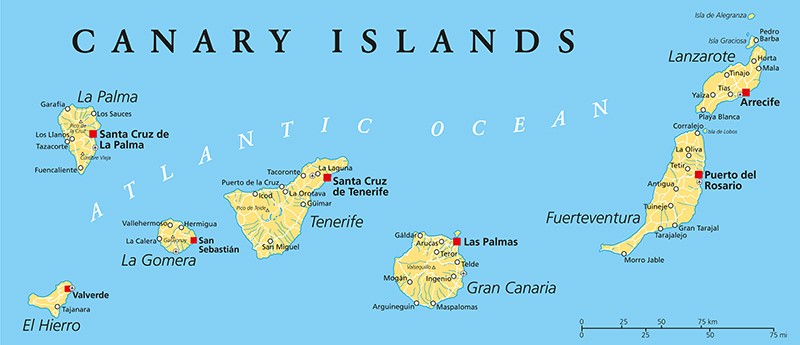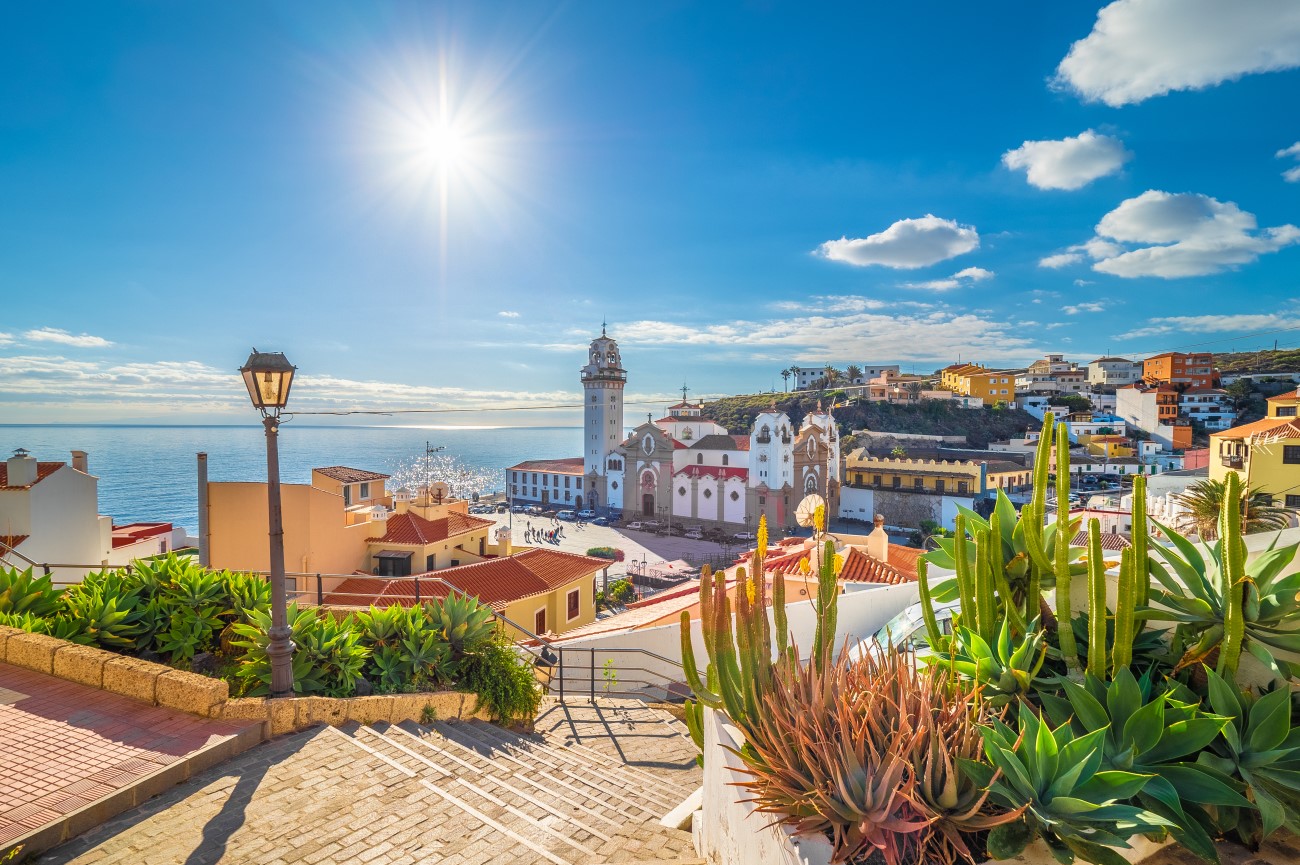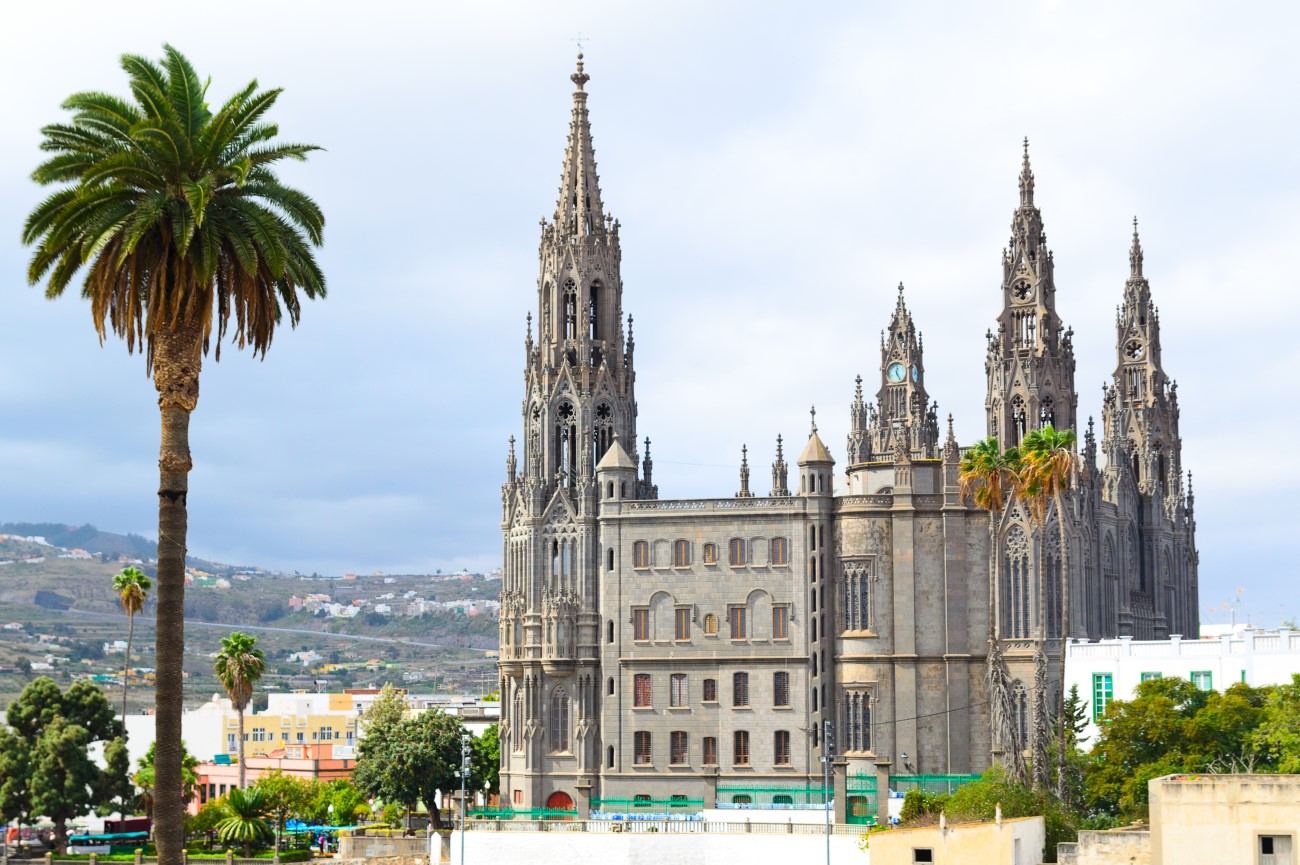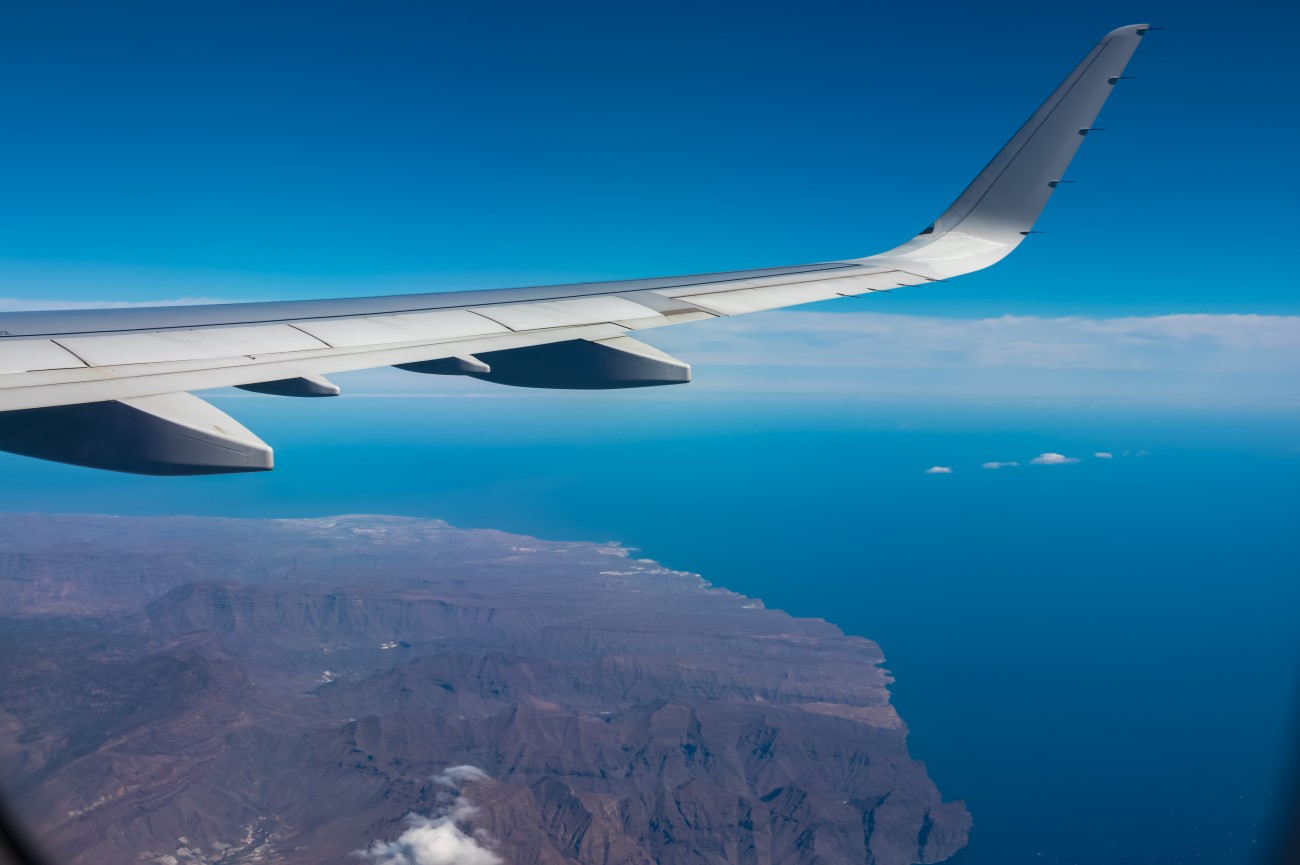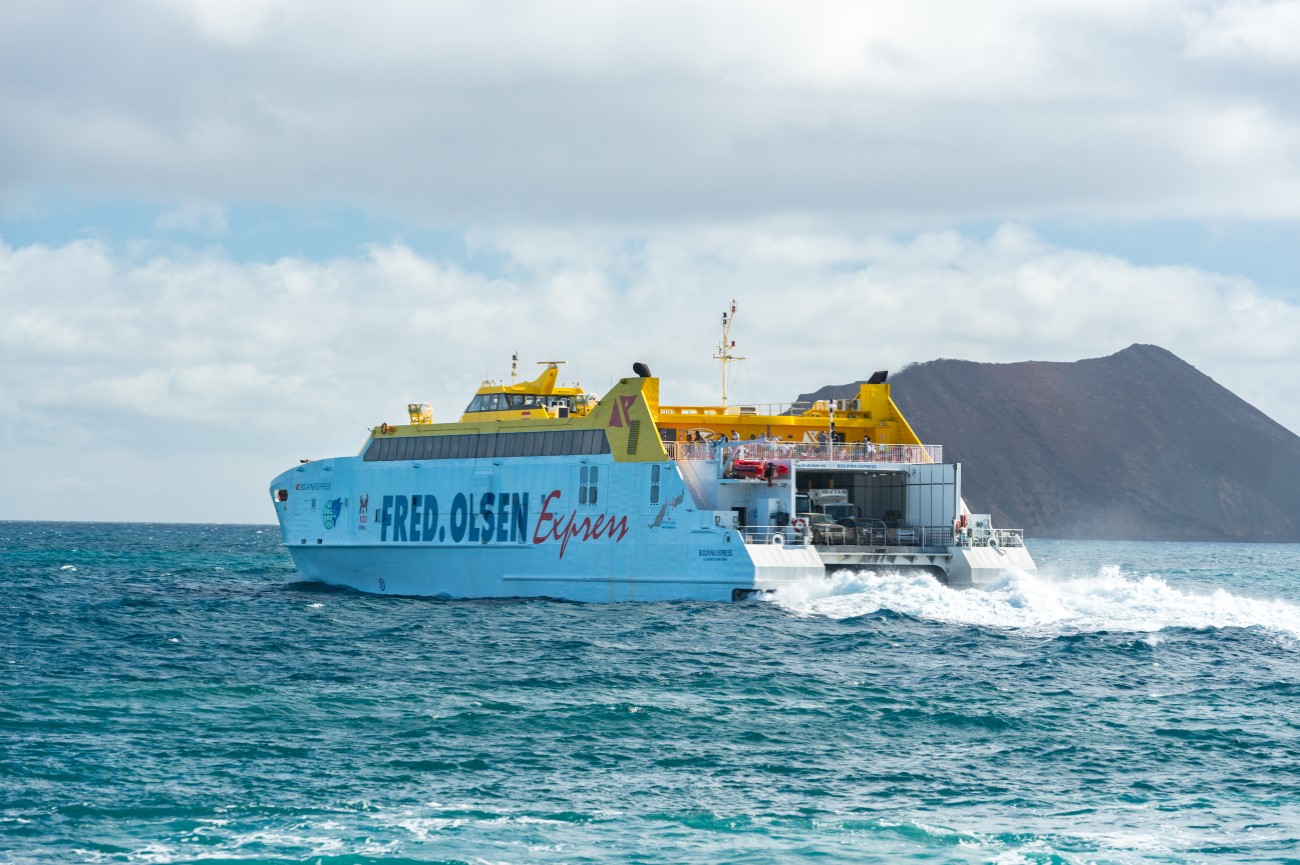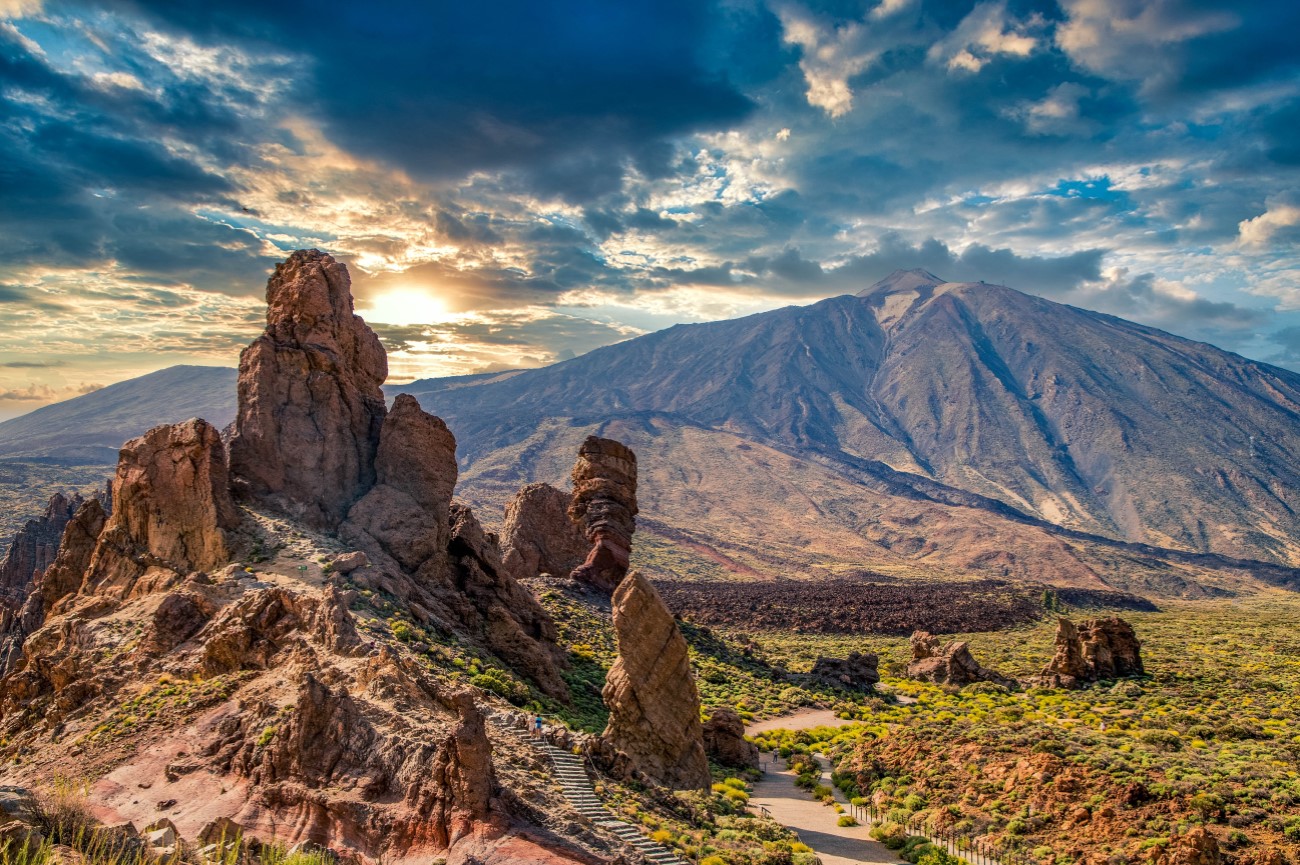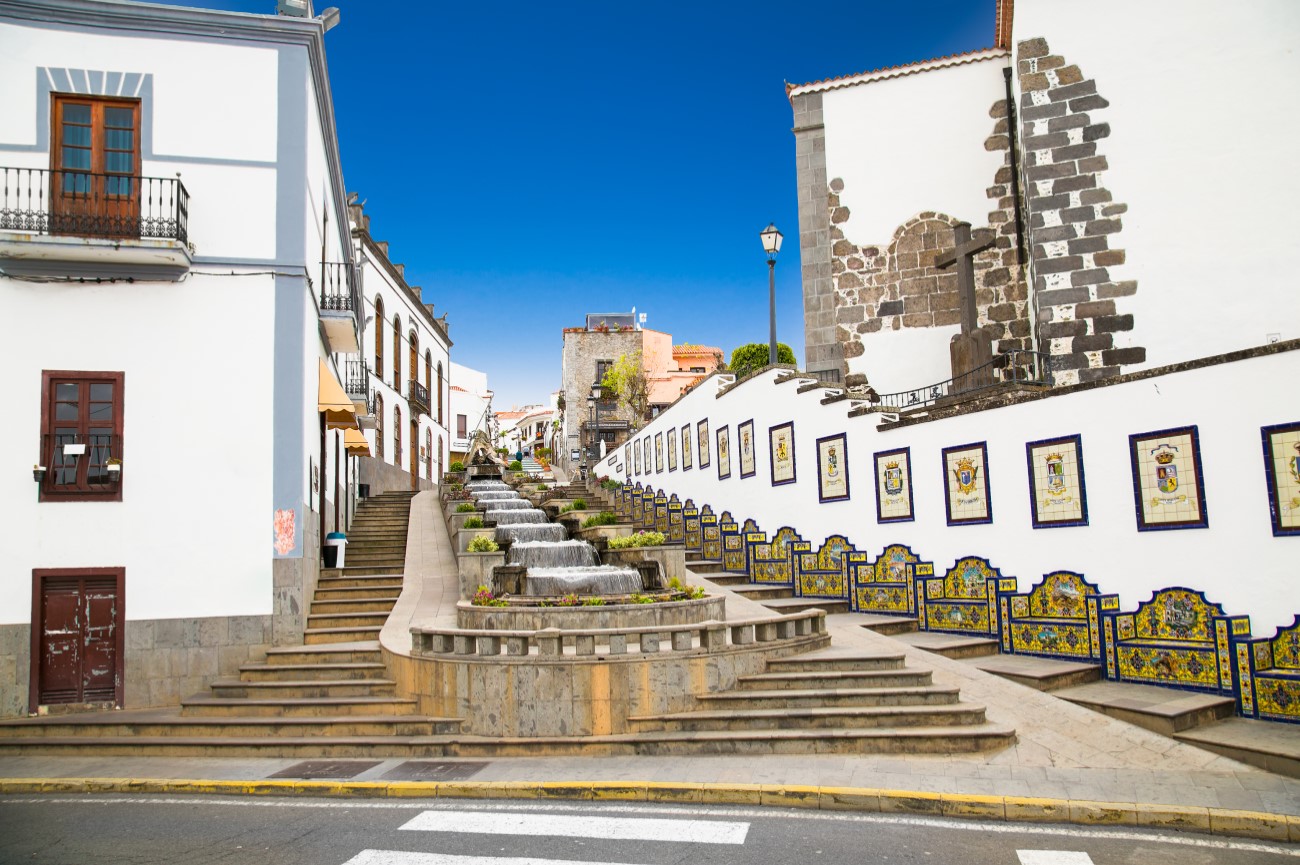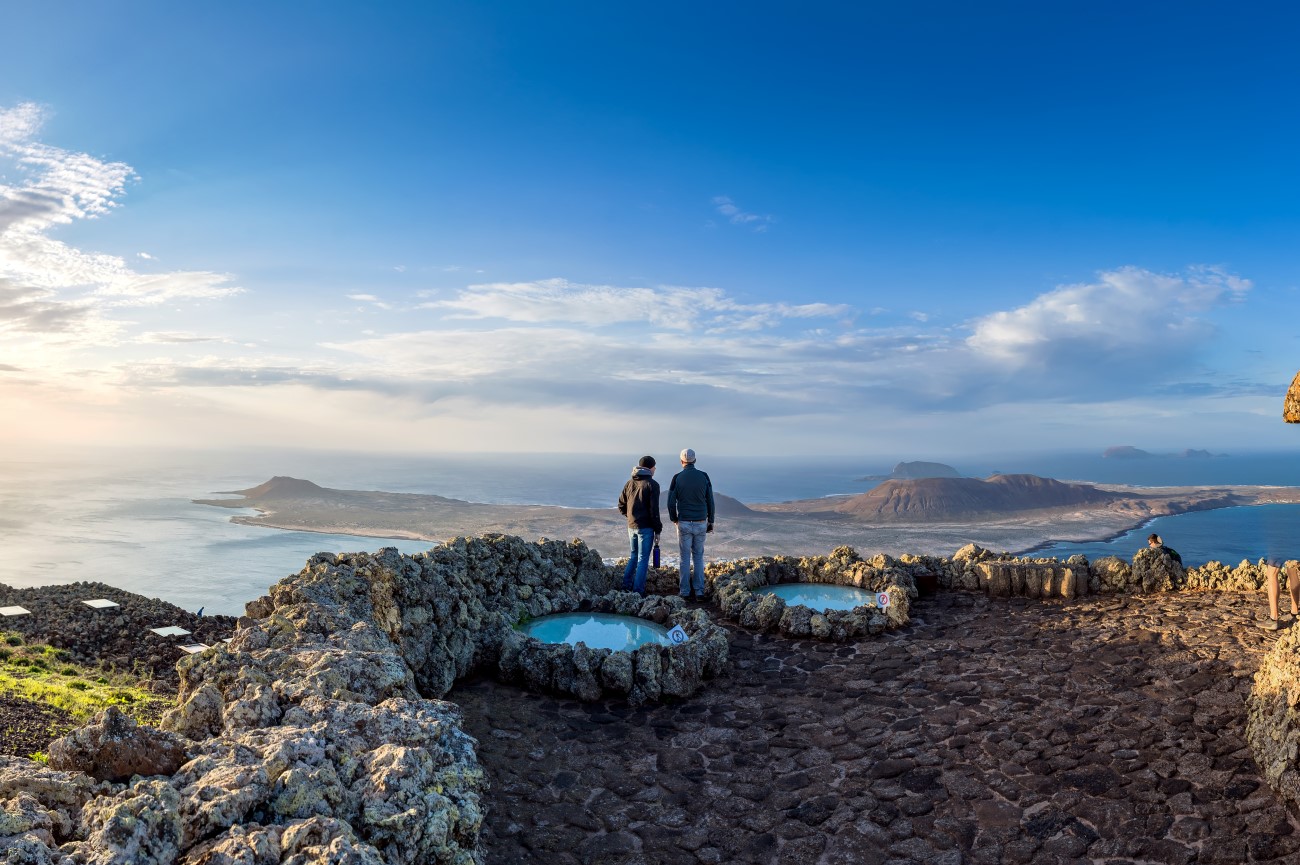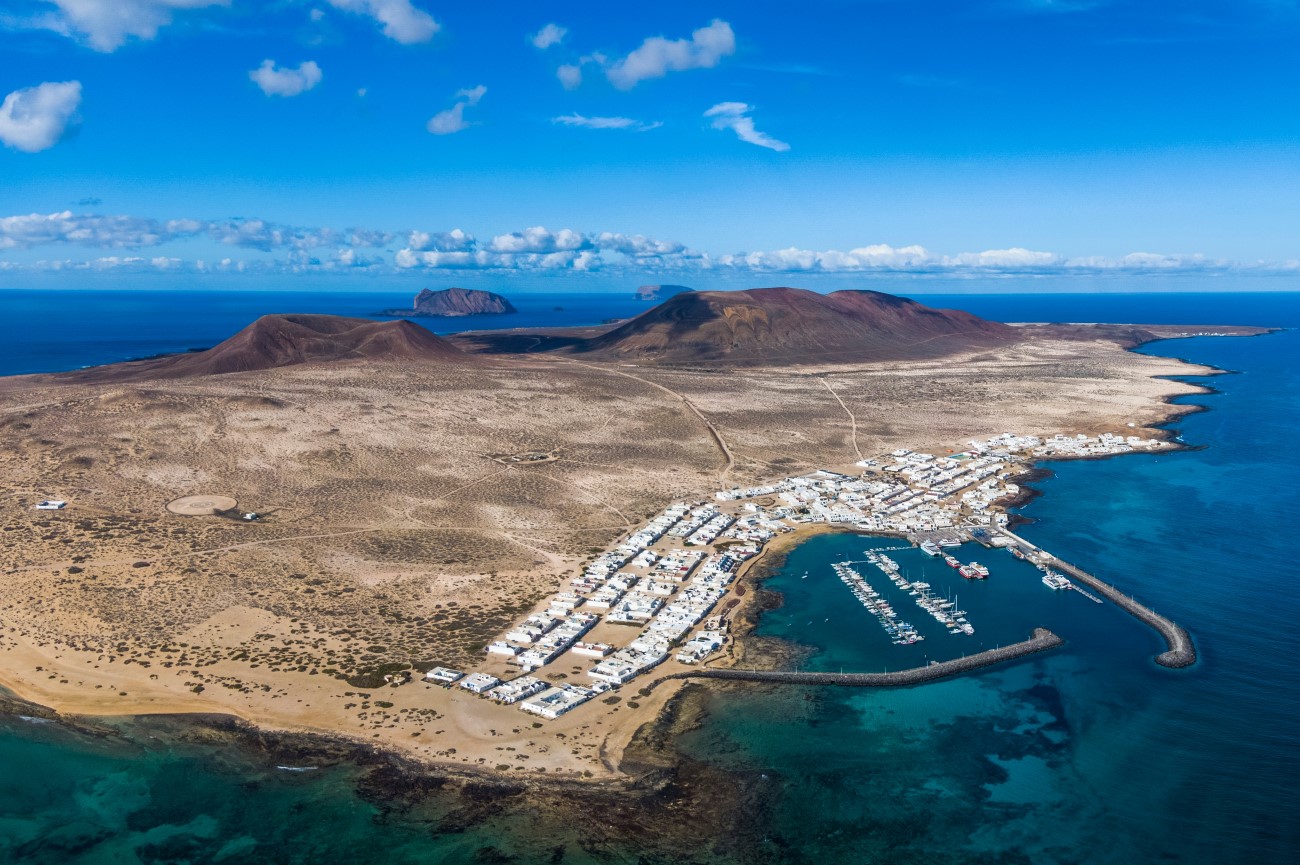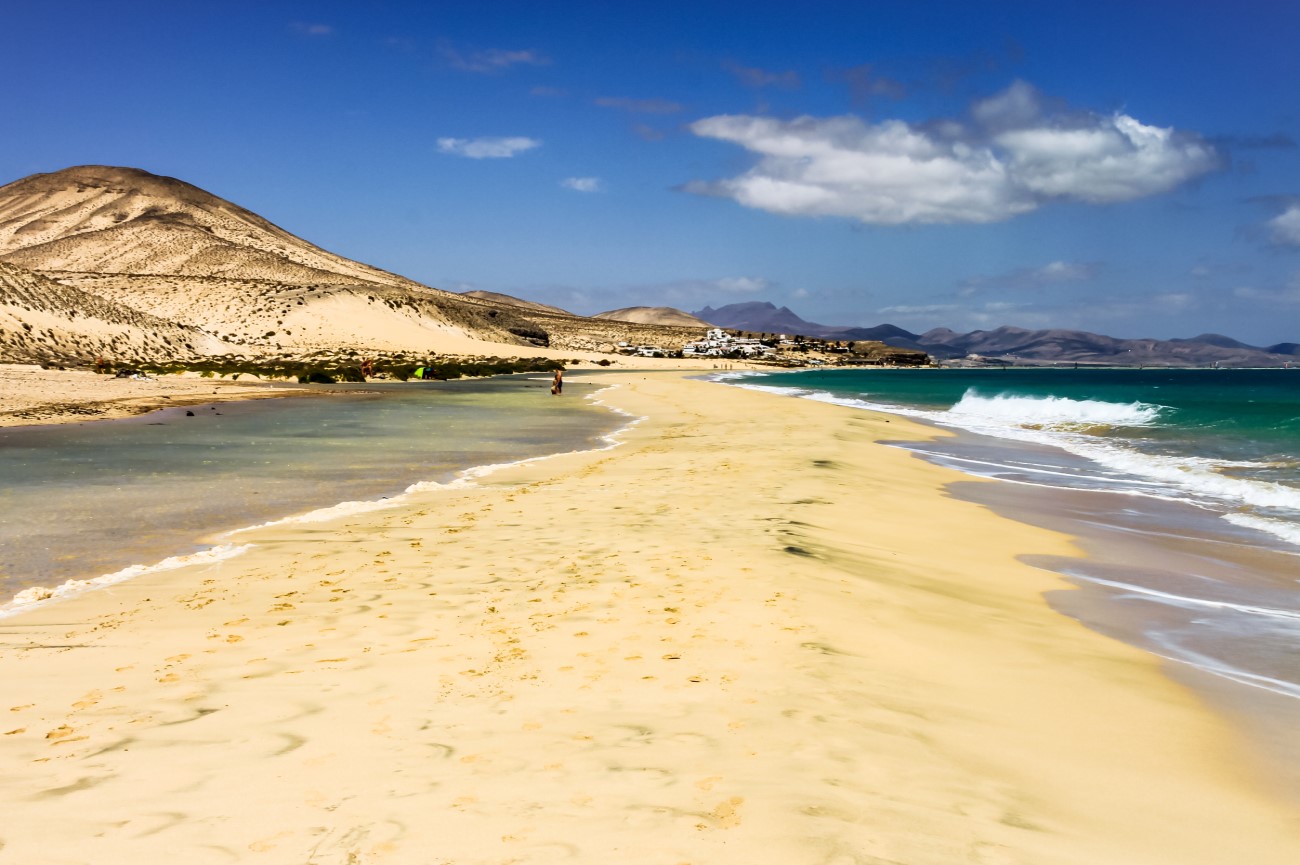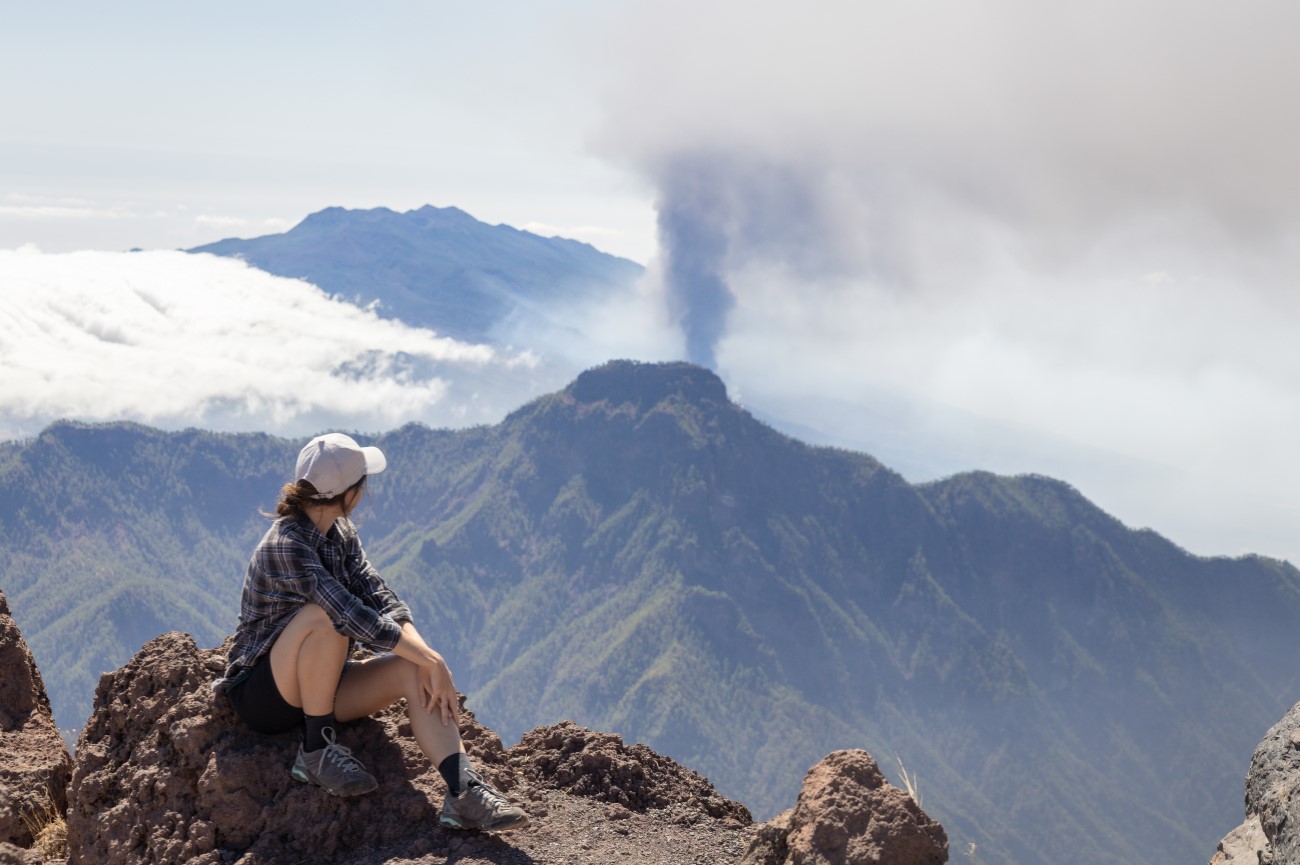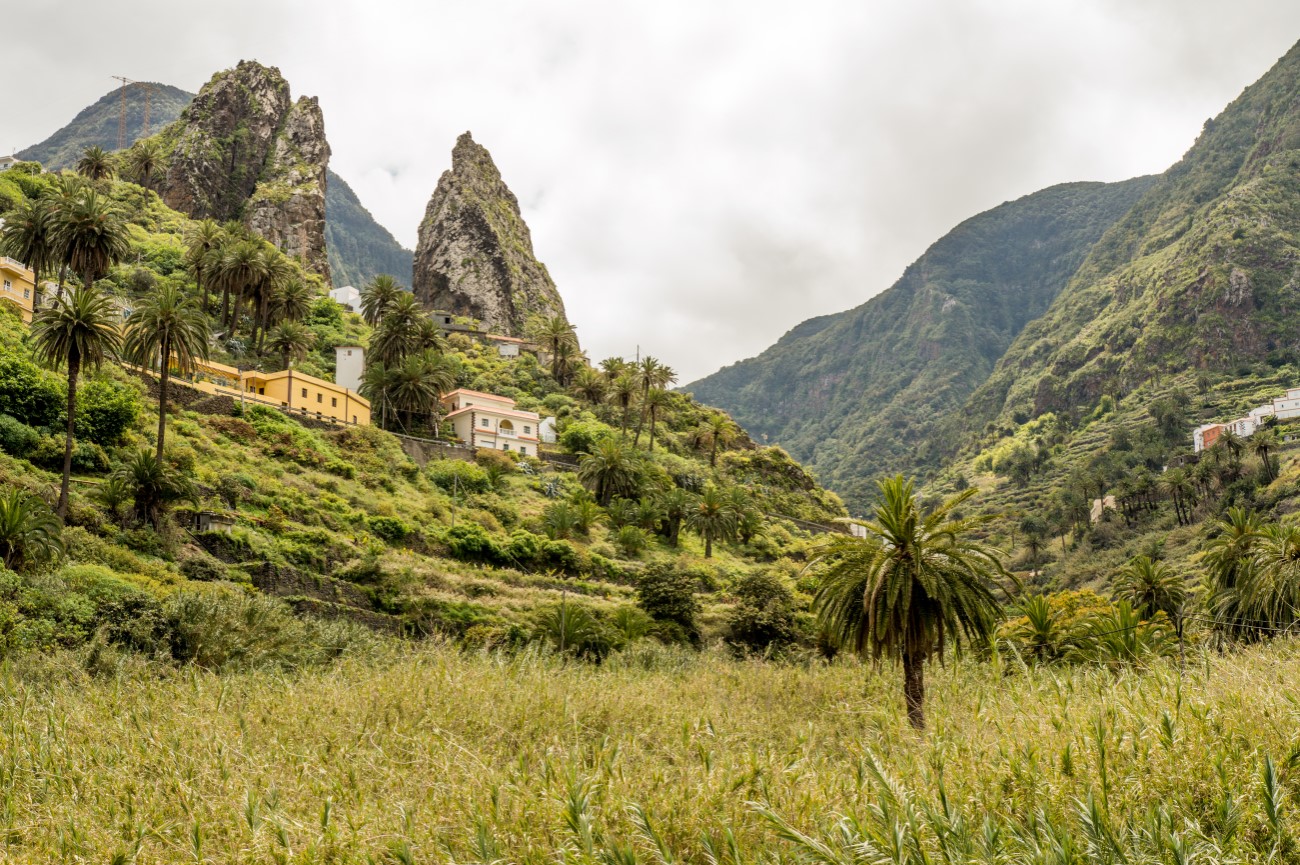Things to do in Canary Islands, Spain

Deep in the Atlantic ocean near the north African coast, you’ll find the Canary Islands. This Spanish archipelago is home to eight islands, all with distinct landscapes. The black and white sandy beaches draw the most attention, but there are also trails between mountains, volcanoes and desert-like settings. Join us as we explore these volcanic islets one by one. We’ll take you deep into mystical forests, spot whales off the coast and witness the stars from the top of a crater. You can visit every island like us, or choose the ones with your favourite scenery and activities.
Note: The links in this article will take you to a personalised itinerary of each island, which includes tips on what to see, where to eat, and where to stay.
How many days in the Canary Islands
We suggest staying at least a week in the Canary Islands. Biggers islands like Tenerife and Gran Canaria deserve a little more time, but if you’re only here for a short visit, you can stick to a couple of days in La Palma or La Gomera. This itinerary covers about a month, but of course, you can cut it back to fit your availability.
Where to base yourself in the Canary Islands
Tenerife and Gran Canaria are the best islands to base yourself in the Canary Islands. Most airlines have connections to either one or both of these places. From here, you can easily fly over or hop on a boat to the other islands.
Flight and boat connections to the Canary Islands
Most flights to the Canary Islands land in Tenerife. The island has two airports, one in the north (TFN) and another one in the south side (TFS). The first one offers connections to smaller islands, while the south side covers mainly international flights. Fuerteventura, Gran Canaria, Lanzarote and La Palma also offer connections to the UK and other European countries. Another alternative is to head to Cádiz or Huelva in mainland Spain and then hop on the ferry to Gran Canaria or Las Palmas. The slow-paced journey can last anywhere between 30 to 40 hours, so keep this in mind when planning your holidays.
Island hopping
You can travel between islands by plane or boat. Companies providing inter-island flights in the Canary Islands include Binter Canarias and Iberia. Another popular option is to hop on a ferry. This tends to be the easiest option, as the ports are located right near a city. Ferry companies operating in the archipelago include the Naviera Armas, Líneas Romero, Fred. Olsen Express, Trasmediterránea and Biosfera Express. Gran Canaria and Tenerife offer connections to all the islands. La Graciosa is the only island that doesn't have flight connections. The easiest way to reach it is to catch a ferry from Lanzarote.
Tenerife: 6 days
Tenerife is the largest of the Canary Islands. Whether you’re hitting the trails or sunbathing by the beach, there is plenty to keep you busy. We spent a week here exploring the island from north to south. Our journey began with a hike up to Mount Teide, Spain’s highest peak and the most iconic feature in Tenerife. Then it was straight to the coast to explore popular seaside resorts like Costa Adeje and Playa de Las Américas. We finished off by visiting the monuments around San Cristóbal de Laguna and Santa Cruz de Tenerife, the island’s capital. The capital really comes alive during the carnival festivities when lively parades hit the streets.
Gran Canaria: 5 days
To the east of Tenerife is the popular island of Gran Canaria. The scenery here changes dramatically from one corner to the other. One day you could be hiking amid lush mountains, and the next walking through a sandy dune reserve. Dotting the coast are dozens of beaches and natural pools backed by cliffs or busy promenades. Other places like Cenobio de Valerón, Roque Nublo and Barranco de Las Vacas reveal the island’s geological roots. Meanwhile, the bustling capital of Las Palmas is packed with historical monuments and museums.
Lanzarote: 5 days
Lanzarote is intrinsicely connected to César Manrique’s architectural projects. The local architect envisioned many of the island’s iconic sights, including the Jardín de Cactus and Jameos del Agua, a volcanic tunnel featuring caves and an underground lagoon. Another top sight is the Timanfaya National Park, home to several hiking trails. We started our trip by touring the historical sights around Arrecife and Teguise before taking on the mountains and the beaches. We also made time to sample the island's wine at a local bodega.
Graciosa: Day trip from Lanzarote
While in Lanzarote, you can arrange a day trip to Graciosa. The ferry departs from Órzola and takes about half an hour to reach Caleta del Sebo, the capital of Graciosa. After touring the city, you can hike up to Montaña Amarilla or cycle along the coast, stopping for a swim at one of the island’s beaches.
Fuerteventura: 4 days
Our journey continues at Fuerteventura. It’s here you’ll find some of the best beaches in the Canaries, from the Jandía Peninsula in the south to El Cotillo in the north. There’s also the Corralejo Natural Park with its protected dunes and secluded coves like Playa del Moro. From Puerto de Corralejo, you can hop on a ferry to the nearby islet, Isla de Lobos.
La Palma: 4 days
After covering the islands on the east side, we made our way to La Palma, also known as Isla Bonita. We wandered through the capital, Santa Cruz de La Palma, capturing historic buildings like Iglesia del Salvador and the town hall. The whole island has been considered a UNESCO biosphere reserve thanks to its remarkable natural scenery, which includes volcanoes, ravines, sea caves and lava tunnels. Witness the stars from Roque de Los Muchachos, the island’s highest peak and look out for dolphins and whales off the coast.
La Gomera: 3 days
La Gomera is renowned for its wild scenery. There are only a few beaches here, most of which feature black volcanic sand. The main town, San Sebastián de la Gomera, is where Christopher Columbus stocked up before his journey to the Americas. These historical ties explain why La Gomera is often called La Isla Columbiana. Venture inland, and you’ll hit the Garajonay National Park, an ancient forest full of misty laurel trees. You can hike through the grounds by following the circular trail Cañada de Jorge.
El Hierro: 3 days
Our last stop is El Hierro, one of the smallest islands in the archipelago. Far from the bustling resorts of Tenerife and Gran Canaria, El Hierro offers a quieter atmosphere. Take some time to explore the island’s natural pools and hike through the forest, stopping to admire the views from one of the local viewpoints like Mirador de La Peña.


